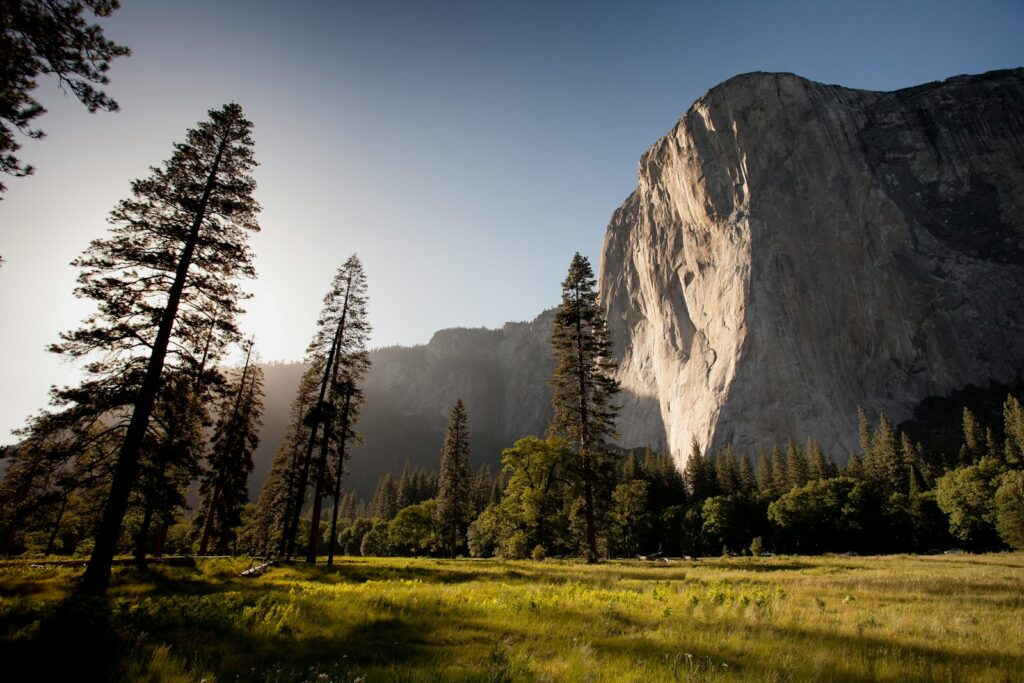Immersed in Tradition: In a world that seems to accelerate with each passing day, there exists a realm where time slows, where ancient customs and rituals persist, and where the past and present intertwine seamlessly. This realm is found within the rich tapestry of traditional ceremonies and rituals, where communities around the globe come together to celebrate, commemorate, and connect with their cultural heritage. Join me on a journey as we delve into the depths of these timeless traditions, exploring their significance, diversity, and enduring relevance in our modern world.
The Essence of Tradition
At the heart of traditional ceremonies and rituals lies a profound sense of continuity, a thread that binds generations past, present, and future. These rituals serve as a repository of cultural knowledge and identity, passed down from ancestors who sought to make sense of the world and mark significant moments in the human experience. From birth to death, from planting to harvest, every aspect of life is imbued with meaning and purpose, woven into the fabric of tradition.
Celebrating Life: Rituals of Birth and Coming of Age
One of the most universal aspects of traditional ceremonies is the celebration of life’s milestones, from birth to adolescence and beyond. In cultures around the world, the arrival of a new life is met with joyous festivities and rituals designed to welcome the newborn into the community. Whether it’s the Hindu tradition of Annaprashan, where a baby’s first taste of solid food is celebrated, or the Jewish Brit Milah, where male infants undergo circumcision on the eighth day of life, these rituals serve as rites of passage, marking the transition from infancy to childhood and beyond.

Similarly, the journey from childhood to adulthood is marked by coming-of-age ceremonies that vary widely across cultures. From the elaborate Quinceañera celebrations in Latin America to the solemn Batak tooth filing ceremony in Indonesia, these rituals symbolize the transition from adolescence to adulthood, imparting wisdom, responsibility, and cultural identity to the next generation.
Honoring the Divine: Religious Ceremonies and Festivals
Religion plays a central role in many traditional ceremonies and rituals, providing a framework for understanding the mysteries of existence and forging a connection with the divine. Whether it’s the solemnity of Ramadan in Islam, the exuberance of Diwali in Hinduism, or the reverence of Easter in Christianity, religious ceremonies and festivals offer believers a chance to reaffirm their faith, seek forgiveness, and express gratitude for the blessings of life.
These rituals often involve elaborate rituals, prayers, and offerings, as well as communal gatherings where believers come together to worship, reflect, and celebrate their shared beliefs. They serve as a reminder of the sacredness of life and the interconnectedness of all beings, transcending cultural and geographical boundaries to unite humanity in a shared quest for spiritual fulfillment.
Communicing with Nature: Agricultural and Seasonal Festivals

In agrarian societies, traditional ceremonies and rituals are closely linked to the rhythms of nature, celebrating the changing seasons, the cycles of the moon, and the bounty of the earth. From the ancient May Day celebrations in Europe to the colorful Holi festival in India, these rituals pay homage to the forces of nature that sustain life and nourish the soul.
Agricultural festivals often involve rituals of planting, harvesting, and fertility, as well as offerings to appease the gods and ensure a bountiful harvest. They serve as a reminder of humanity’s dependence on the natural world and the need to live in harmony with the earth, lest we disrupt the delicate balance that sustains life.
Preserving Tradition: Challenges and Opportunities
In our rapidly changing world, traditional ceremonies and rituals face numerous challenges, from globalization and urbanization to social and economic upheaval. Yet, they also present opportunities for cultural preservation, community building, and the intergenerational transmission of knowledge.

Efforts to safeguard and revitalize traditional ceremonies and rituals take many forms, from grassroots initiatives led by local communities to government-sponsored programs aimed at preserving intangible cultural heritage. In recent years, there has been a growing recognition of the importance of traditional knowledge and practices in promoting cultural diversity, fostering social cohesion, and promoting sustainable development.
Immersed in Tradition
In conclusion, traditional ceremonies and rituals offer a window into the soul of humanity, revealing our deepest fears, hopes, and aspirations. They remind us of our shared humanity, our interconnectedness with the natural world, and our responsibility to future generations. In a world that often seems chaotic and uncertain, these timeless traditions provide a sense of continuity, grounding us in the wisdom of the past and guiding us on a journey of self-discovery and cultural renewal.
As we navigate the complexities of modern life, let us not forget the power of tradition to inspire, to unite, and to transform. Let us embrace the richness and diversity of traditional ceremonies and rituals, cherishing them as precious jewels in the crown of human civilization. For in the timeless rhythms of tradition, we find solace, meaning, and a sense of belonging that transcends time and space.


